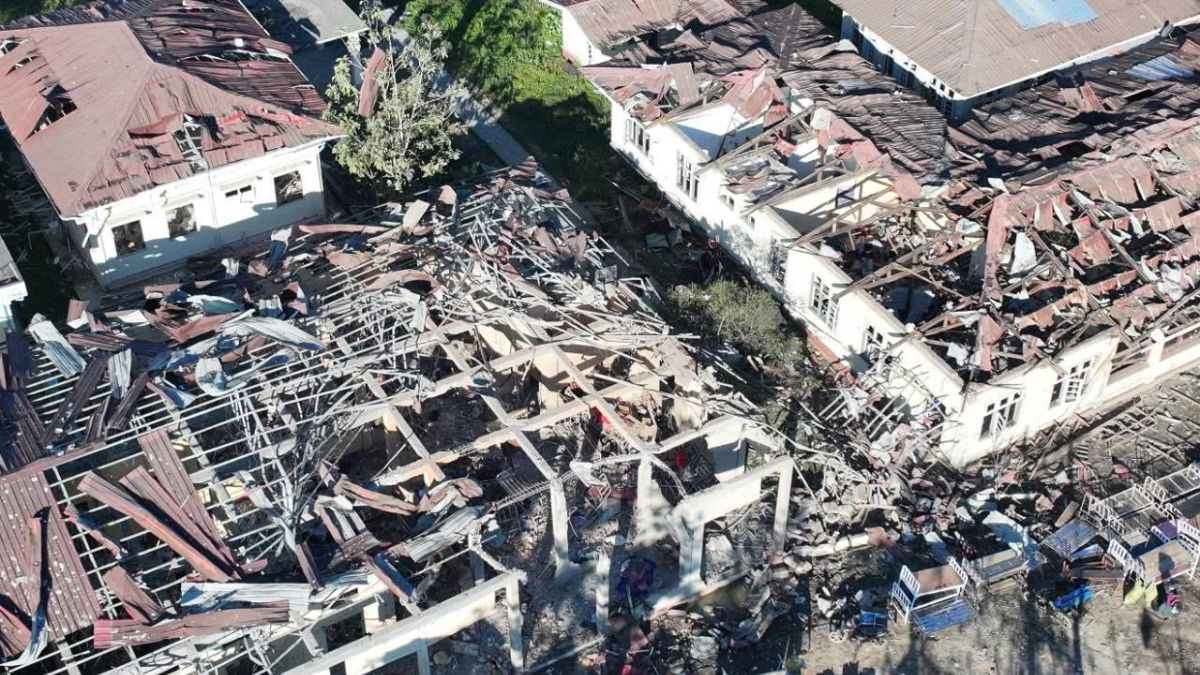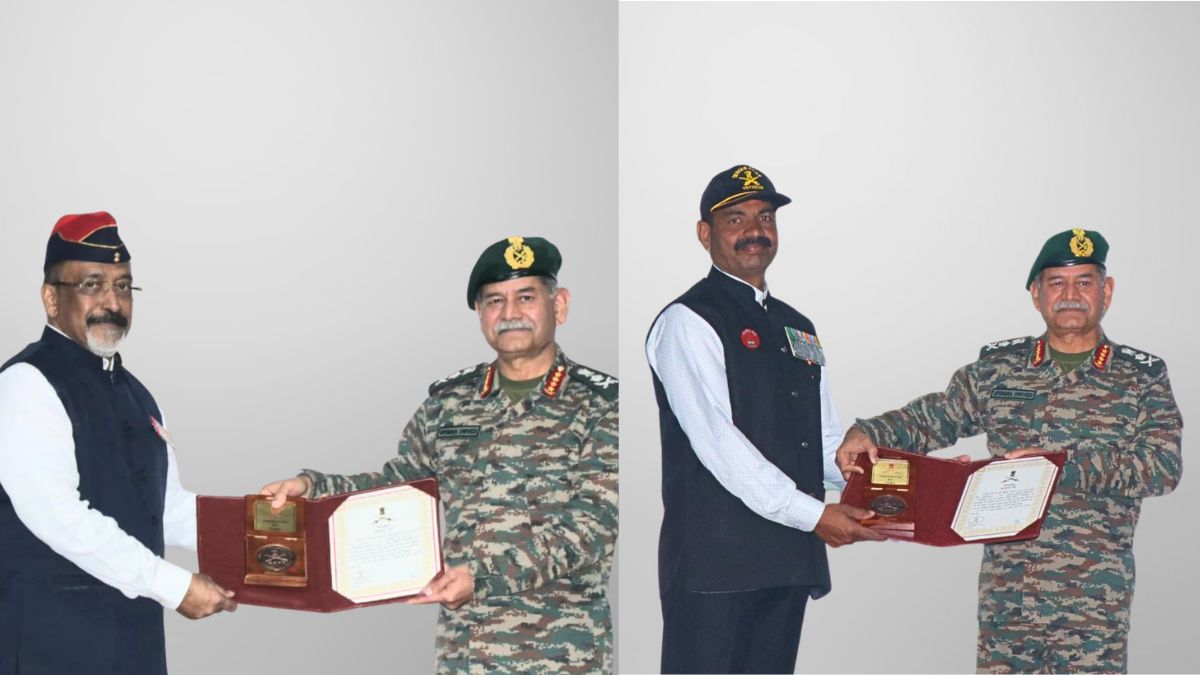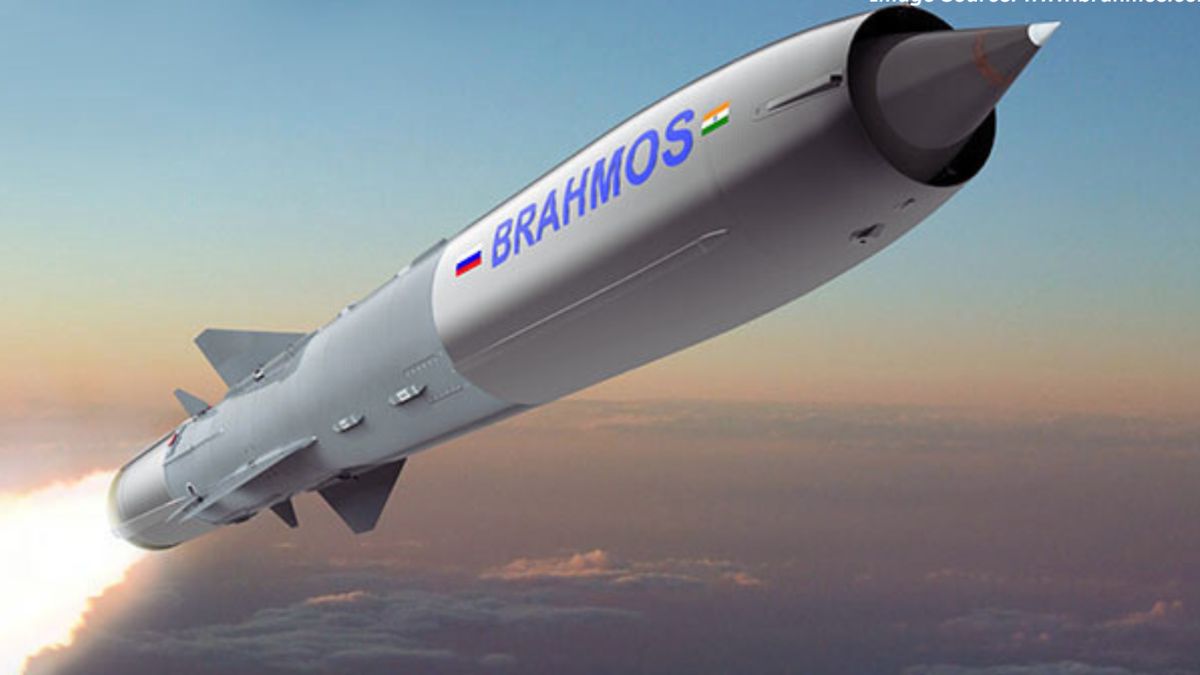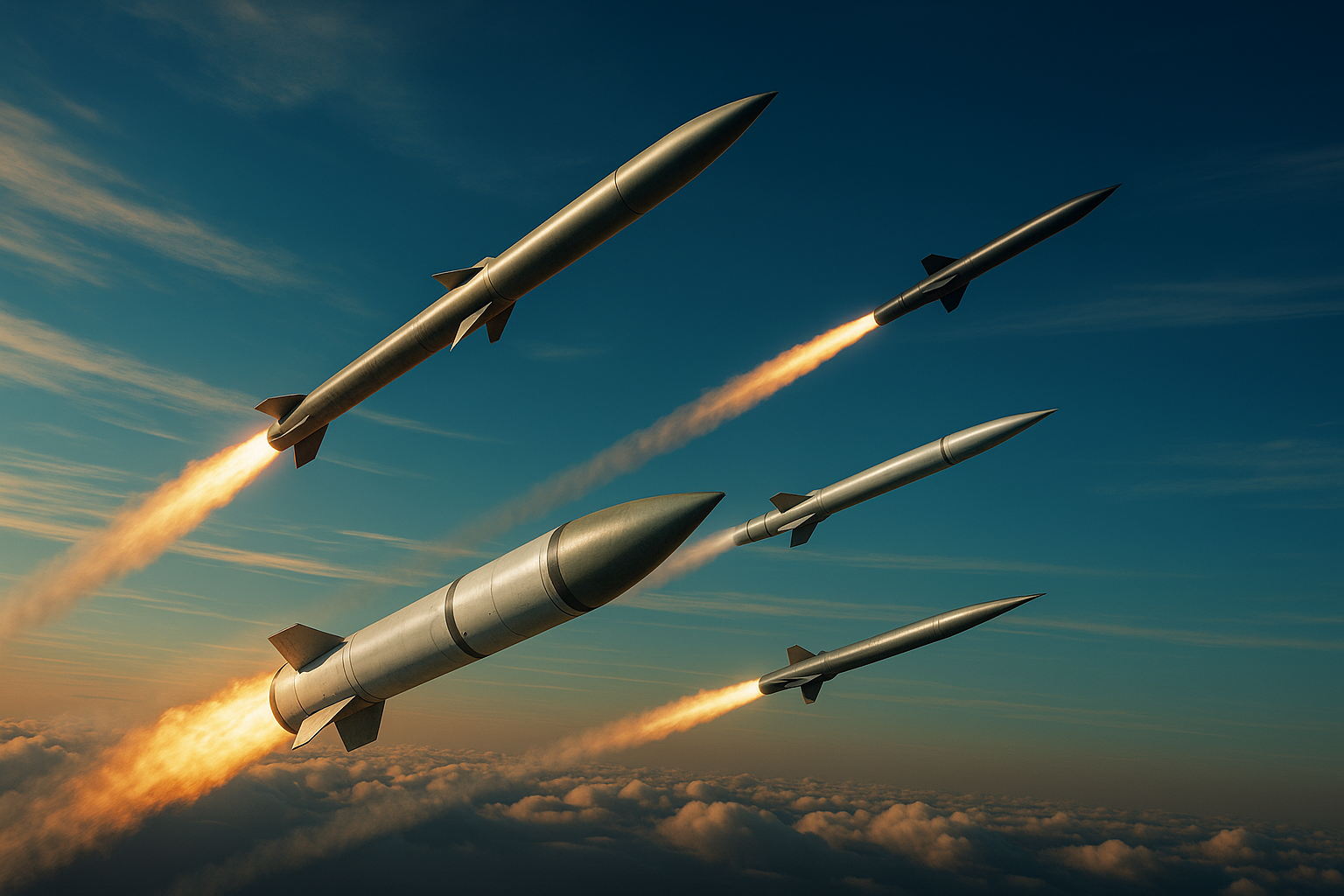DRDO’s Light Tank Zorawar, Extended Range Pinaka, And FICV Gear Up For Army Trials
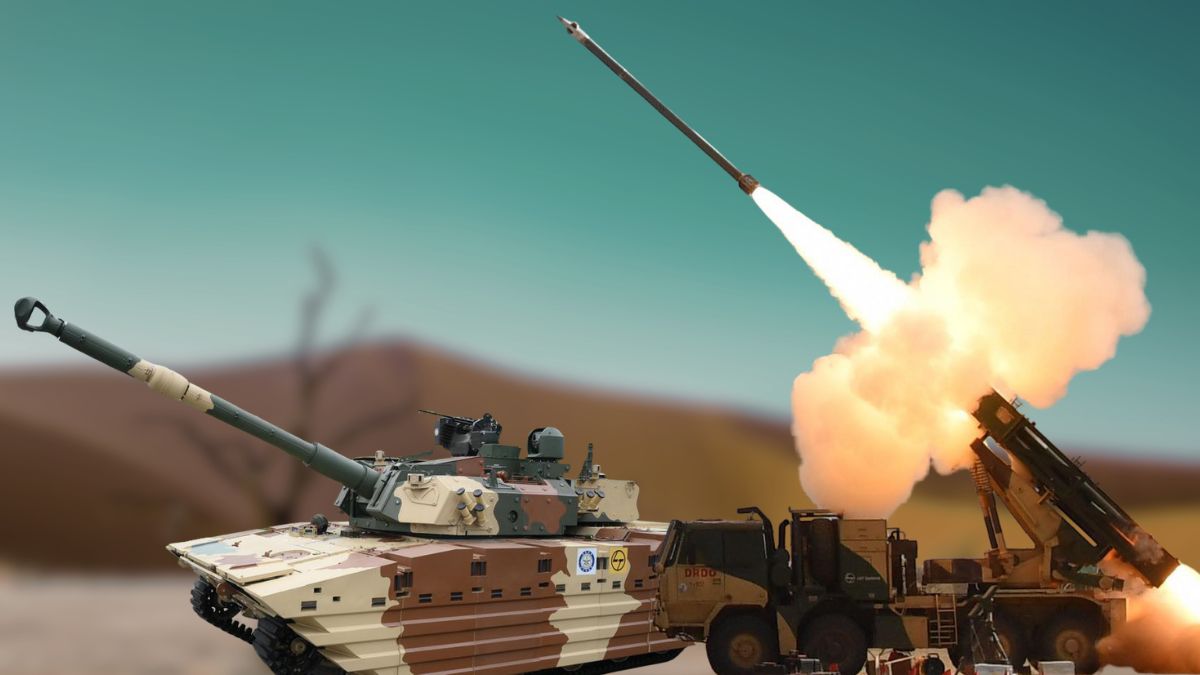
The government is considering easing Defence procurement in India. Image courtesy: RNA
India’s quest to modernise its armoured and artillery firepower has gained significant momentum, with three critical Defence Research and Development Organisation (DRDO)-led projects — the Zorawar light tank, the extended-range Pinaka rocket system, and the Future Infantry Combat Vehicle (FICV) — nearing major developmental milestones.
All three indigenously developed defence systems are at a critical developmental stage and are close to being inducted into the Indian Army.
What has Zorawar Tank Achieved now, and why is it Important?
The 25-ton Zorawar light tank, jointly developed by DRDO and Larsen & Toubro (L&T), has completed high-altitude trials and is now ready to enter army user trials, Times Now reported.
One prototype of the tank, developed for deployment in regions such as India’s northern borders with Tibet, is already with the army, while a second is being prepared. These tanks would be of use to the Indian Army to counter military aggression from its arch-rival China.
Designed for deployment in challenging terrains like Ladakh and North Sikkim, Zorawar is amphibious and expected to cost between ₹50 crore to ₹60 crore per unit. The Indian Army plans to induct around 300 light tanks, with an initial order for about 60 units already placed with L&T.
The tank draws historical inspiration from the PT-76, the Russian-origin light tank that proved its mettle during the 1971 Bangladesh War.
Why is Pinaka’s extended range a key development for India?
Meanwhile, DRDO is also preparing to test an extended-range variant of its Pinaka multi-barrel rocket launcher. While the current system has a 75 km reach, the enhanced version is expected to strike targets at ranges of 90 km and eventually up to 150 km.
A prototype of the Pinaka ER variant is ready, with development trials likely to begin by September or October. India has successfully exported a previous version of the Pinaka Mk1 air defence systems to nations like Armenia.
There is a growing demand for Indian air defence systems, such as the Pinaka, after the successful defence of its military and civilian infrastructure along the borders with Pakistan during Operation Sindoor in May 2025.
How can FICV boost the Indian Army’s Offensive Capabilities?
Progress is also visible on the FICV front, a long-awaited replacement for the Army’s aging fleet of Russian-origin BMP-2 infantry combat vehicles. Prototypes developed by Tata Group and Bharat Forge are nearly complete, with development trials tentatively set for September or October this year.
These Infantry Combat Vehicles are expected to significantly boost the combat capabilities of the Army’s mechanised infantry units, which are a combination of armoured vehicles and foot soldiers that carry out an offensive thrust into the enemy territory and occupy ground to hold it for strategic advantage during war.
Together, these indigenous systems represent a major leap in India’s push for self-reliance in defence manufacturing and are set to reshape the country’s land warfare capabilities.

